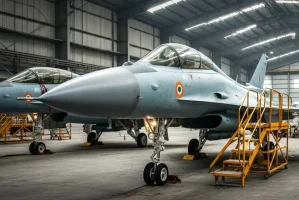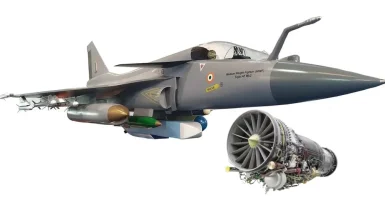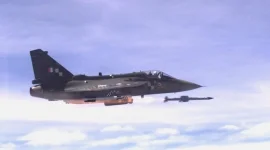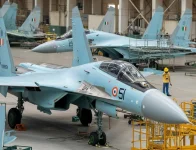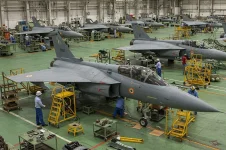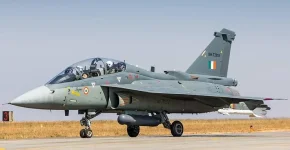- Views: 2K
- Replies: 9
The Indian government is actively considering a major overhaul of Hindustan Aeronautics Limited (HAL), the state-owned aerospace and defence giant, as it struggles to manage a massive and growing order book.
To enhance production efficiency and ensure timely delivery of critical military equipment, an external consulting firm has been hired to develop a restructuring plan.
The proposal involves breaking up the monolithic company into smaller, specialised business units, a move seen as crucial following a landmark contract for 97 Tejas Mk-1A fighter jets that has intensified concerns over HAL's production capacity and its impact on the Indian Air Force's (IAF) operational readiness.
At the heart of the issue is HAL's staggering order backlog, which has surged to over ₹2.7 lakh crore.
This figure is more than eight times the company's annual revenue of approximately ₹32,000 crore, placing immense strain on its ability to manufacture and deliver a wide range of assets, from Light Combat Aircraft and advanced helicopters to jet engines.
The pressure is expected to increase further with more large-scale orders anticipated this year, including for the futuristic Advanced Medium Combat Aircraft (AMCA).
This situation has created production bottlenecks that threaten to delay key projects under the government's Aatmanirbhar Bharat initiative.
The proposed solution aims to deconstruct HAL's complex structure into more focused and agile entities. According to sources familiar with the plan, the primary option being explored is the creation of at least three independent companies.
One unit would be dedicated to fixed-wing aircraft, focusing on the production of fighter jets like the Tejas and upgrades for the Su-30MKI fleet.
A second company would handle the helicopter division, responsible for platforms such as the Prachand attack helicopter and the Dhruv utility helicopter.
A third entity would specialise in Maintenance, Repair, and Overhaul (MRO) services, which would streamline the upkeep of the IAF's existing fleet and allow the manufacturing units to concentrate on new production.
While the idea of restructuring HAL has been discussed in the past, it was previously deferred when the company's order pipeline was less demanding.
However, the current situation has created a sense of urgency. The IAF is currently operating with only 29 fighter squadrons against a sanctioned strength of 42, a significant deficit that impacts national security.
Experts have pointed out that HAL's vertically integrated model, where it controls almost every aspect of production, was effective decades ago but has now become a primary cause of delays, forcing India to consider emergency imports to plug capability gaps.
The potential reorganisation could follow internationally successful models, such as that of Israel Aerospace Industries (IAI), where specialised divisions operate with greater autonomy, fostering innovation and efficiency.
For HAL, such a shift could lead to more streamlined management, quicker development of new technologies, and more effective partnerships with the private sector.
This is particularly important as the Ministry of Defence now mandates up to 70% indigenous content in future military programmes, a target that requires seamless collaboration between public and private enterprises.
This strategic review coincides with HAL securing a massive contract for 97 Tejas Mk-1A aircraft, valued at over ₹62,370 crore. The deal, approved by the Cabinet Committee on Security, includes 68 single-seat fighters and 29 twin-seat trainers, with deliveries scheduled to begin in 2027-28 and continue for six years.
While this contract is a major boost for indigenous defence manufacturing, it also places HAL under intense pressure to significantly increase its production rate from the current 16-18 aircraft per year, a challenge compounded by occasional disruptions in the global supply chain, such as for engines sourced from General Electric.
HAL's history of production delays is well-documented, with the Tejas programme itself serving as a prominent example; the aircraft was originally scheduled for induction around 2015. These chronic delays have directly contributed to the IAF's shrinking squadron strength.
The company's heavy workload has also created uncertainty about its role in the critical fifth-generation AMCA stealth fighter project, opening the door for major private sector defence firms like Larsen & Toubro (L&T) and the Tata Group to bid for a larger role in its development and manufacturing.

